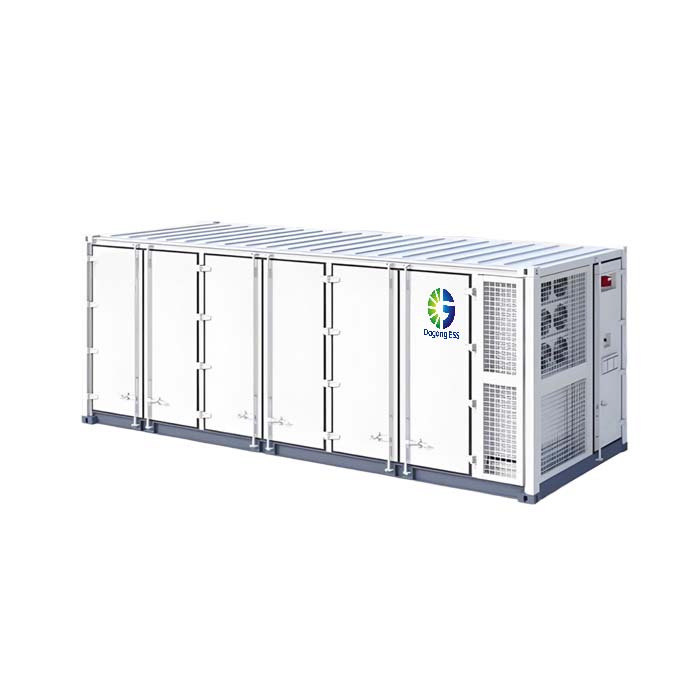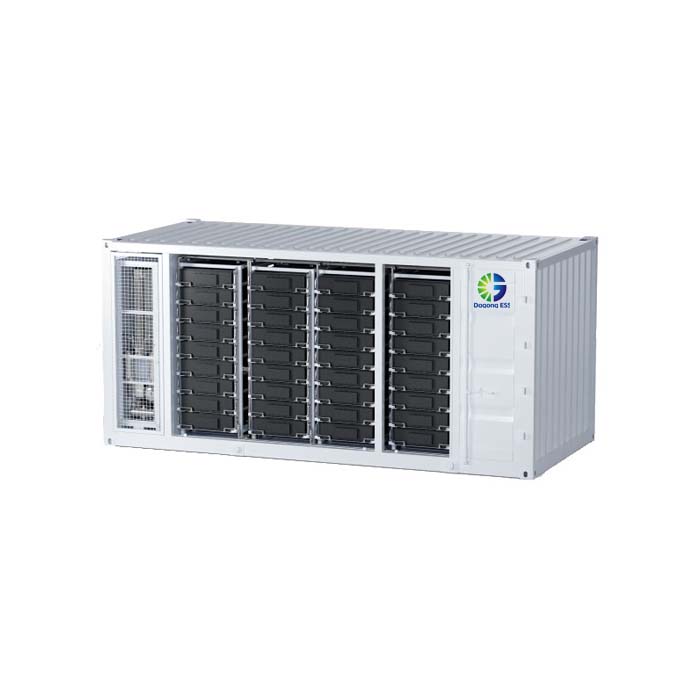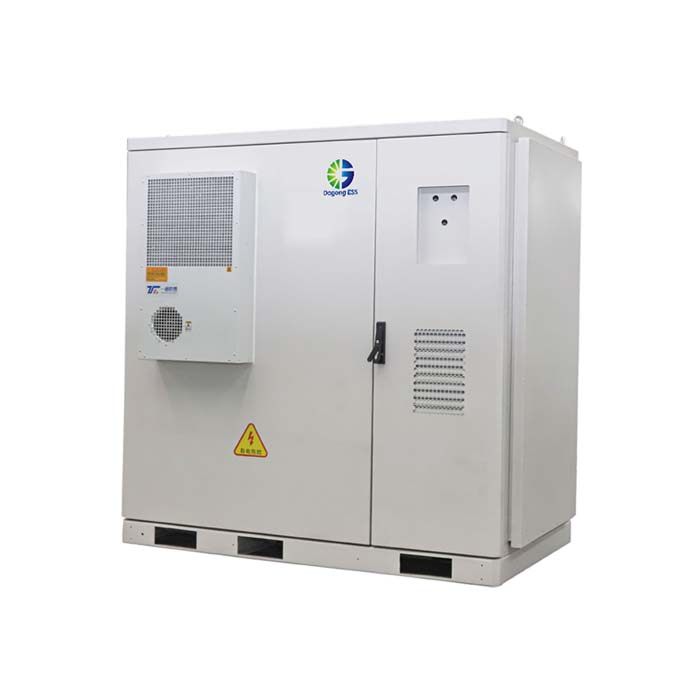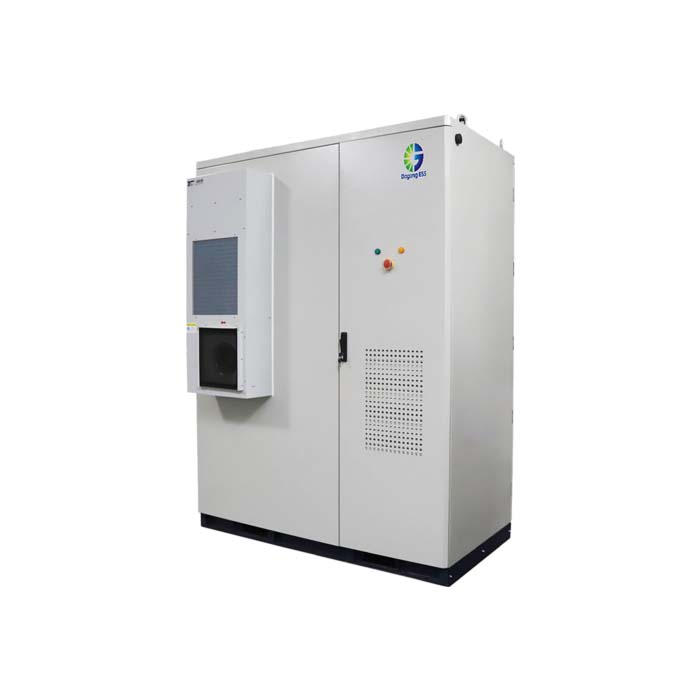What is an Energy Storage Battery?
What is an Energy Storage Battery?
An energy storage battery is a device designed to store electricity for later use, typically in residential, commercial, or industrial energy storage systems. These batteries play a crucial role in balancing energy supply and demand, enhancing grid stability, and enabling the use of renewable energy sources. Most energy storage batteries today use lithium iron phosphate (LFP) or nickel cobalt manganese (NCM) chemistries, with LFP being more stable and increasingly preferred.
Types of Energy Storage Batteries
Wall-mounted batteries – compact, ideal for residential spaces.
Floor-mounted battery cabinets – larger capacity for commercial & industrial (C&I) use.
Air-cooled ESS – cost-effective with standard protection.
Liquid-cooled ESS – suitable for harsh environments and high-efficiency applications.
Low-voltage vs High-voltage batteries – chosen based on system compatibility and voltage range.
Features of Energy Storage Batteries
Weight & Dimensions: Must align with available space and installation structure (floor or wall).
Installation Type: Wall-mounted or floor-standing; consider ease and cost of installation.
Protection Degree: IP65 or higher ensures waterproof and dustproof performance, critical for outdoor use.
Usable Energy: Determined by rated capacity and depth of discharge; impacts runtime and sizing.
Operating Voltage Range: Must match the inverter’s battery voltage input.
Max Charge/Discharge Current: Affects how quickly the battery charges or discharges.
Rated Power: Should support the inverter’s full load.
Cell Type: LFP is stable and safe, ideal for long-cycle applications.
Warranty: Typically ranges from 5 to 10 years depending on the supplier.
Operating Temperature: Wide range (-20℃ to 50℃) for reliable operation in various climates.
Humidity/Altitude Tolerance: Crucial for high-humidity or high-altitude installations.
Applications of Energy Storage Batteries
Residential solar + storage systems
Commercial & industrial peak shaving and load shifting
Microgrids and off-grid power systems
Data centers and telecom base stations
Utility-scale energy storage stations
Price of Energy Storage Batteries
Energy storage battery prices vary significantly based on capacity, cell type, cooling method, and system configuration.
How to Select an Energy Storage Battery for Your Project?
Determine your energy needs: Use average load and backup time to calculate required kWh.
Check inverter compatibility: Voltage and current ranges must match.
Choose the right cell chemistry: LFP for safety and cycle life, NCM for energy density.
Match power rating with application: Ensure sufficient output for connected loads.
Environmental conditions: Select IP-rated batteries for outdoor or harsh environments.
Consider installation: Floor-standing for high capacity; wall-mounted for space saving.
Review warranties and certifications: Especially for safety and international compliance.
How Long Does an Energy Storage Battery Last?
LFP batteries typically support 4,000 to 6,000 cycles, translating to 10–15 years depending on usage. Key influencing factors:
Cycle life: Frequency of charging/discharging
Depth of Discharge (DOD): Shallower DOD = longer life
Temperature: Extreme conditions may reduce lifespan
Battery Management System (BMS): Critical for performance and protection
The Supplier of Energy Storage Batteries
Dagong ESS is a manufacturer of advanced energy storage systems from China. We offer:
Customizable solutions from 5kWh residential systems to 5MWh industrial setups
Both air-cooled and liquid-cooled ESS options
High safety standards with LFP battery cells and smart BMS/EMS integration
Global compatibility for all grid standards
Strong after-sales service and technical support
Dagong ESS provides tailored energy storage solutions to meet diverse application scenarios.








